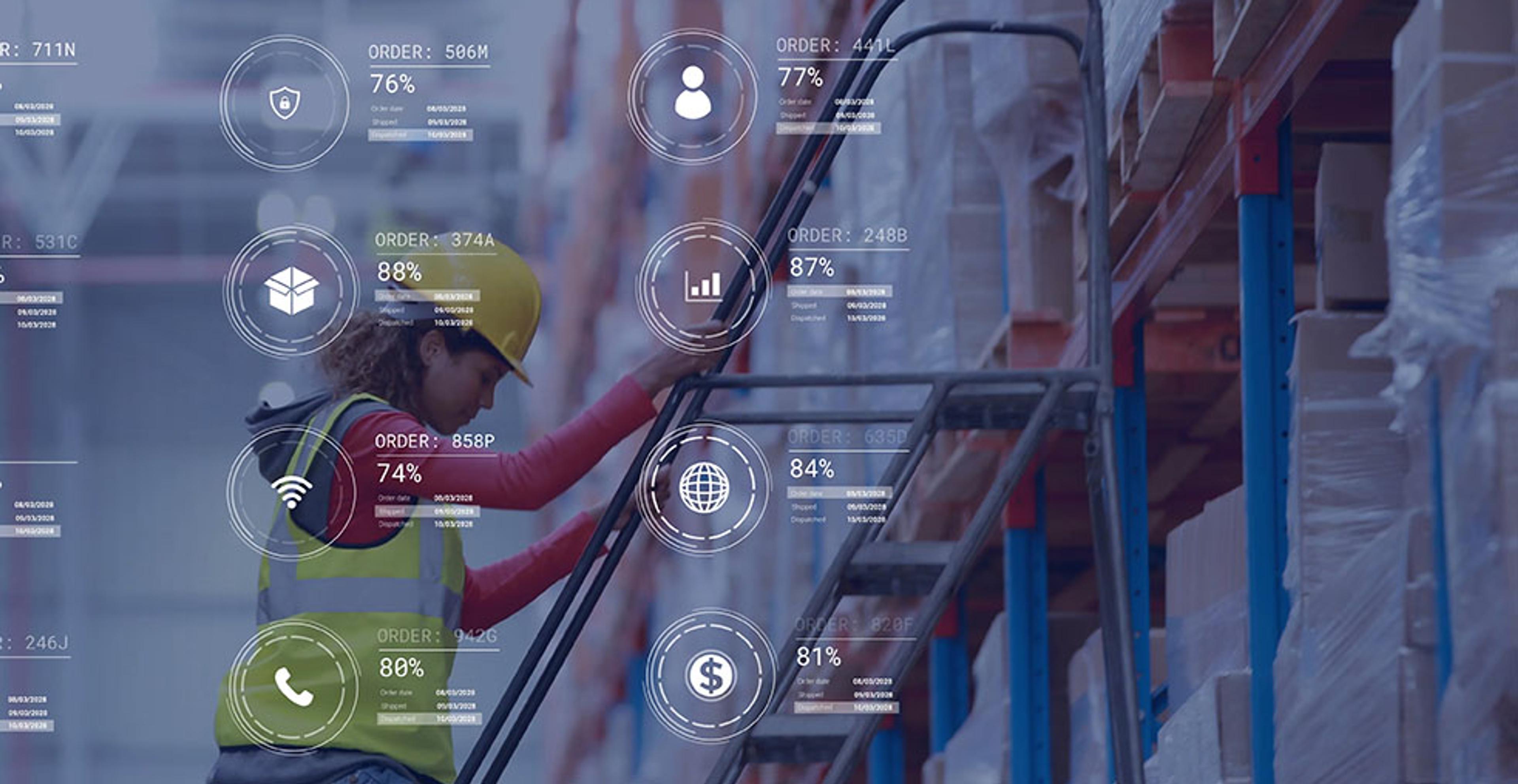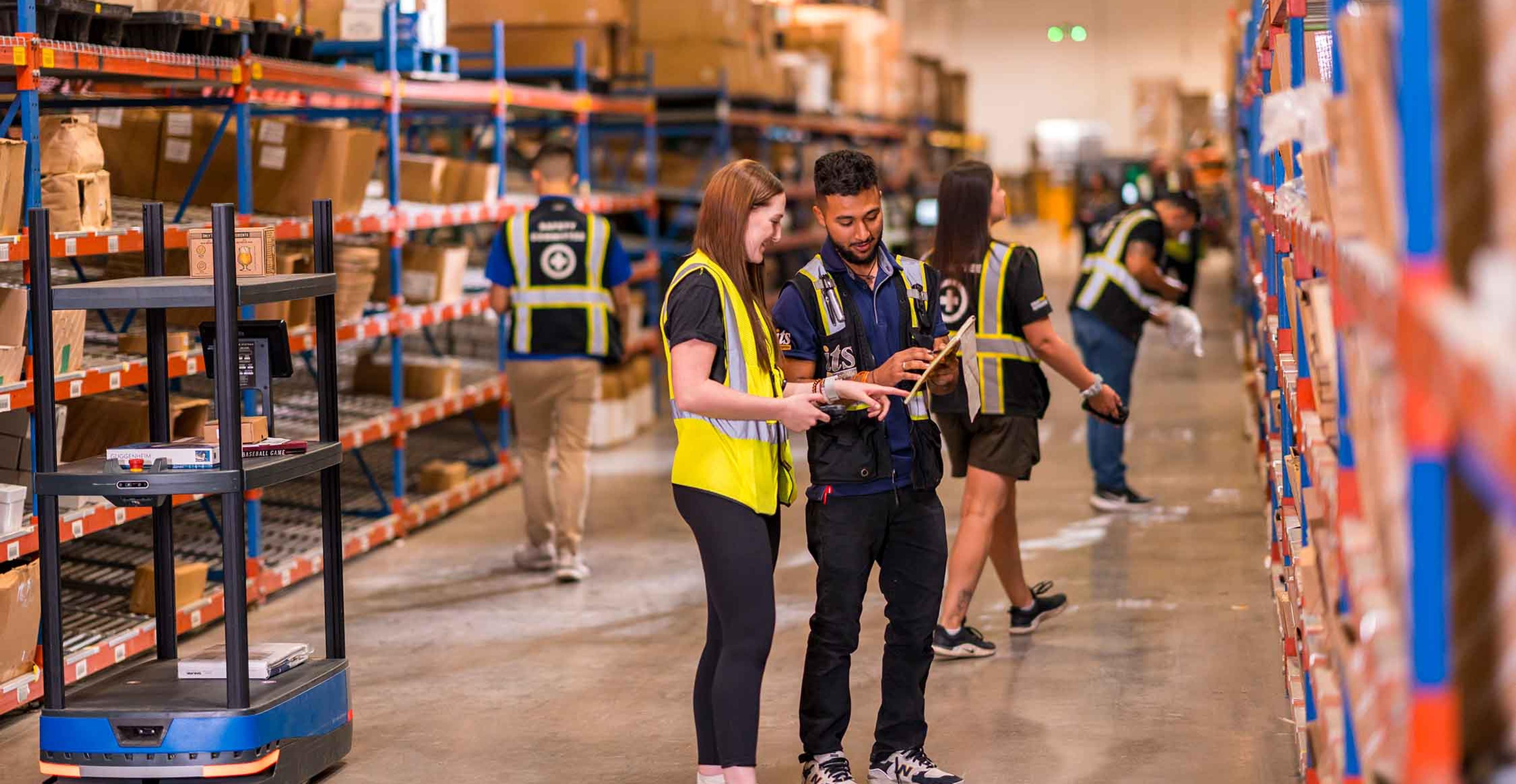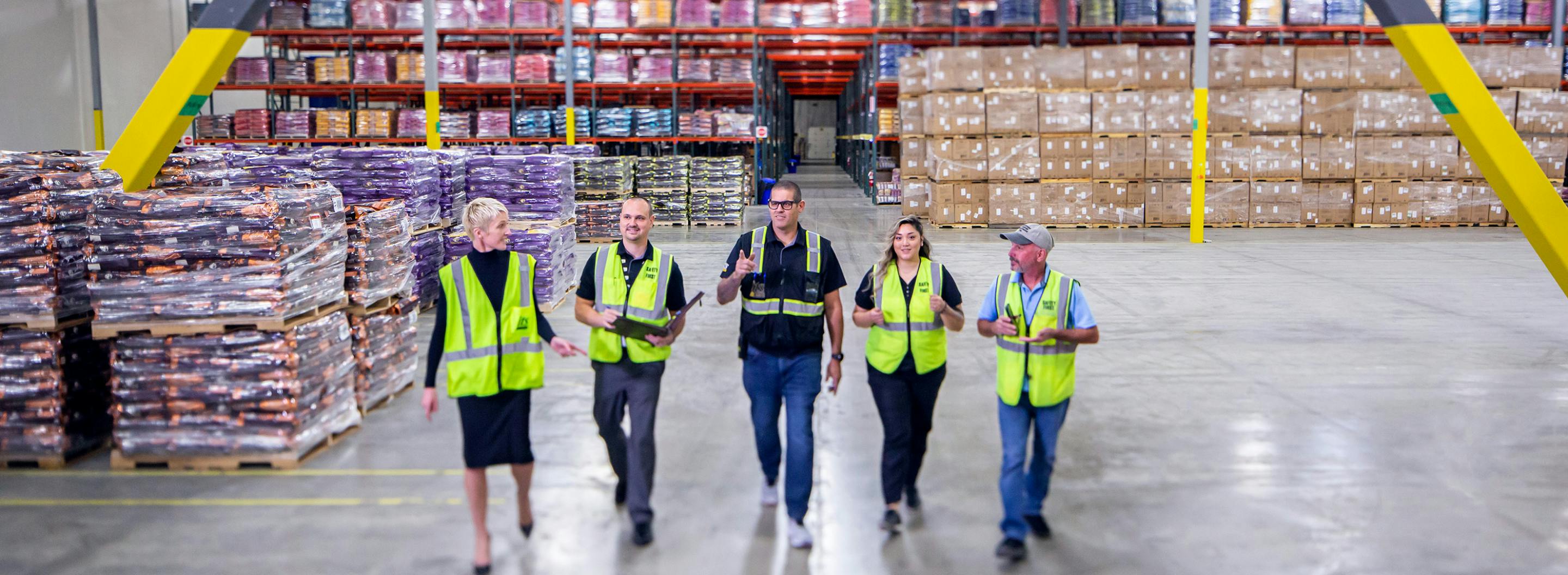From Ecommerce to Omnichannel Retail Strategy: 5 Supply Chain Tips

In February, the Census Bureau released its quarterly ecommerce sales report and revealed that ecommerce in 2023 only accounted for 15.4% of total retail sales. That means almost 85% of shopper transactions are happening offline.
Expanding beyond ecommerce and Shopify fulfillment into an omnichannel retail strategy allows businesses to reach shoppers and deliver a consistent experience over more sales channels. For ecommerce-focused brands, expansion comes with exciting opportunities and a steep learning curve.
If you’re an ecommerce brand that’s ready to expand into omnichannel retailing, there are five supply chain tips you can use to help you get started off on the right foot. But first, let’s look at a real-world example of expansion.
Meet Caraway, ITS partner & omnichannel success story
Caraway, a popular non-toxic kitchenware brand founded in 2018, achieved fast growth as a direct-to-consumer brand fulfilling orders through ecommerce. Seeing significant demand, they saw an opportunity to expand their reach into omnichannel markets and deliver to retailers and other destinations.
Before Caraway could grow, they needed to build out a solid distribution and fulfillment infrastructure that could support rapid business growth. This is a common step for most ecommerce-focused brands, especially for those that have previously handled fulfillment in-house. In this case, Caraway chose to partner with a 3PL, ITS Logistics, to handle distribution and fulfillment.
Within the first year of expanding, Caraway experienced a 280% increase in orders fulfilled and expanded its warehouse storage footprint by approximately 10 times.
Caraway is a great example of an omnichannel retail strategy done right, and there are several takeaways that every business can apply, which leads us into our tips.
Build out infrastructure ahead of growth
Growth is a bit of a double-edged sword when it comes to distribution and fulfillment. It gives brands the ability to reach more shoppers and capture market share, and conversely, it puts more pressure on the brand’s distribution infrastructure.
Having the ability to scale quickly and efficiently is instrumental to supporting business growth, which is why having infrastructure in place ahead of time is so important. That way, businesses can celebrate their growth with less pain points.
Decide whether you want to handle distribution in-house or through a 3PL partner
Deciding how to handle distribution and fulfillment for multichannel retailing is a big decision, and there are pros and cons to both options. Every situation is different. Some brands have more infrastructure in place than others, and some 3PLs will offer better options than others.
With that in mind, here are some general, overarching advantages and disadvantages to handling distribution inhouse versus using a 3PL:
Advantages of inhouse distribution:
- Increased control over supply chain processes.
- Less change to adapt to and no transition period.
- Capabilities and resources to run distribution remain intact and inhouse.
Disadvantages of inhouse distribution:
- Becomes costly at scale.
- Harder to achieve nationwide, 2-day reach and meet customer expectations.
- Harder to deliver a seamless experience to customers.
- More resources and budget dedicated to supply chain vs business development.
- In most cases, less efficient.
Advantages of partnering with a 3PL:
- More cost-efficient at scale.
- Increased supply chain efficiency/effectiveness.
- Less inhouse resources needed to run supply chain.
- Faster and more efficient nationwide/regional reach (depending on the 3PL).
Disadvantages of partnering with a 3PL:
- Less inhouse control over supply chain processes.
- In some cases, businesses may lose the ability and resources to handle inhouse distribution.
Again, every situation is different and some 3PLs are better than others. If you do choose to go with a 3PL, make sure to ask the right questions and shop around to find the best fit.
If you are going to choose a 3PL partner, choose a single partner that can handle everything
Opting for a single provider consolidates your logistics needs under one roof, which streamlines communication, enhances operational efficiency, and mitigates the complexity of coordinating multiple vendors. A good omnichannel 3PL partner should offer end-to-end solutions for both online and brick-and-mortar retail channels, including DTC fulfillment and online marketplaces like Amazon and Walmart+.
Having a single 3PL partner also enables better visibility into your inventory and order fulfillment processes. Instead of having multiple sources of information, an omnichannel 3PL should be able to deliver critical insights into inventory management, supply chain related customer data, and fulfillment over every channel.
When considering potential partners, prioritize those with a proven track record, financial stability, robust technology infrastructure, and a commitment to adaptability and scalability that aligns with your business’s values, evolving needs, and high standard of customer service.
Become familiar with different retailer requirements
Shipping to brick-and-mortar retailers is much different than ecommerce fulfillment or injecting inventory into online marketplaces like Amazon and Walmart+. Typically, each retailer will have its own preferences for receiving shipments and will outline these preferences in a routing guide.
Understanding and following routing guides is critical to avoiding fees like chargebacks and penalties. These fees can get worse the more often violations occur, and in the worst-case scenario, vendors have the right to reject an entire purchase order if the routing guide isn’t precisely followed.
Aside from fees, understanding retailer requirements will help your brand make a better first impression with retailers and ultimately lead to a better retailer-vendor relationship. If you’re using a 3PL provider, make sure they’re familiar with your retailers and their routing guides.
Embrace flexibility
In the dynamic landscape of omnichannel retail, flexibility enables brands to adapt swiftly to market shifts, evolving consumer preferences, and unforeseen challenges. Building out agility involves configuring resources in a way that can easily scale.
For instance, increased warehouse space and trucking capacity may be needed during seasonal surges or rapid market shifts, but it doesn’t always make financial sense to have those resources around all the time. Finding a flexible resource can help your business quickly and cost-effectively adapt to change.
Embracing flexibility should also extend to your choice of partners and technologies, prioritizing solutions that offer scalability, customization, and integration capabilities to accommodate changing requirements and future growth.
Expand into omnichannel with ITS Logistics
ITS Logistics has decades of experience providing creative solutions that help customers maximize their supply chain and get the most out of an omnichannel strategy. We take the time to get to know your business and customize solutions to deliver a seamless customer experience over every sales channel.
With the highest level of service, unmatched industry experience and work ethic, and a laser focus on innovation and technology– the team at ITS strives to improve the quality of life for its partners by delivering excellence at every turn. We're committed to helping our customers increase their customer satisfaction at every point of the customer journey.
ITS Logistics maintains a high standard for distribution and fulfillment:
- 99.6% ASN Timeliness
- 99.8% Load Quality
- 99.8% ASN Accuracy
- 99.9% On-Time Shipping
- 99.4% Fill Rate
- 99.3% Pallet & Carton Labeling
Reach out to learn more about ITS Logistics and find a creative logistics solution to reach your omnichannel customers.
How can we help you?



